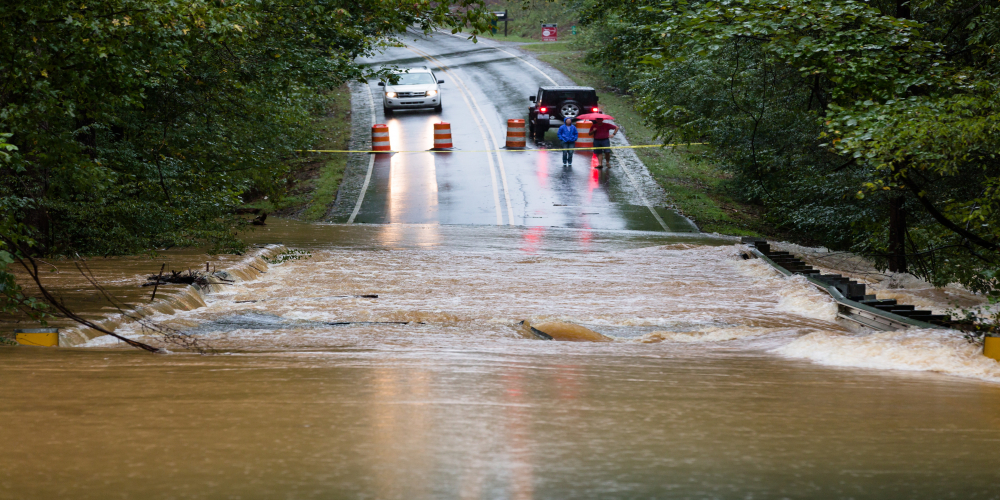Blog
About 85% of the U.S. population lived in cities in 2015 (Census FactFinder). These urbanites are subject to unique impacts of climate change, as highlighted by the Fourth National Climate Assessment, released in November 2018. The Climate Assessment provides an update on indicators of climate change, including rising average global temperatures, extreme high temperature events, and more frequent heavy precipitation. The 2017 Atlantic hurricane season was record-breaking with four high-intensity hurricanes (Harvey, Irma, Jose, and Maria). And rainfall associated with hurricanes in the Atlantic and eastern North Pacific is predicted to increase due to warmer temperatures. Some studies predict increased frequency and severity of thunderstorms across the United States. At the same time, sea level rise increases coastal flooding risks from weather events. More extreme and rising temperatures mean that in addition to flooding, drought and associated wildfires have also occurred in recent years, including the 2011-2017 California drought.
Tags:
#Resiliency
Resilience has emerged as a significant consideration in developing long-term transportation plans in response to US DOT’s Climate Change and Resiliency initiatives. The focus has been on hardening existing and planned infrastructure and assessing risks and recovery for key elements of the transportation system. These efforts have focused on facility and human vulnerabilities, and on operational recovery. However, as we have seen repeatedly, identifying “vulnerability” and assessing resilience and recovery for populations often ignores the unique needs, resource deficits and challenges faced by low-income and minority populations.


